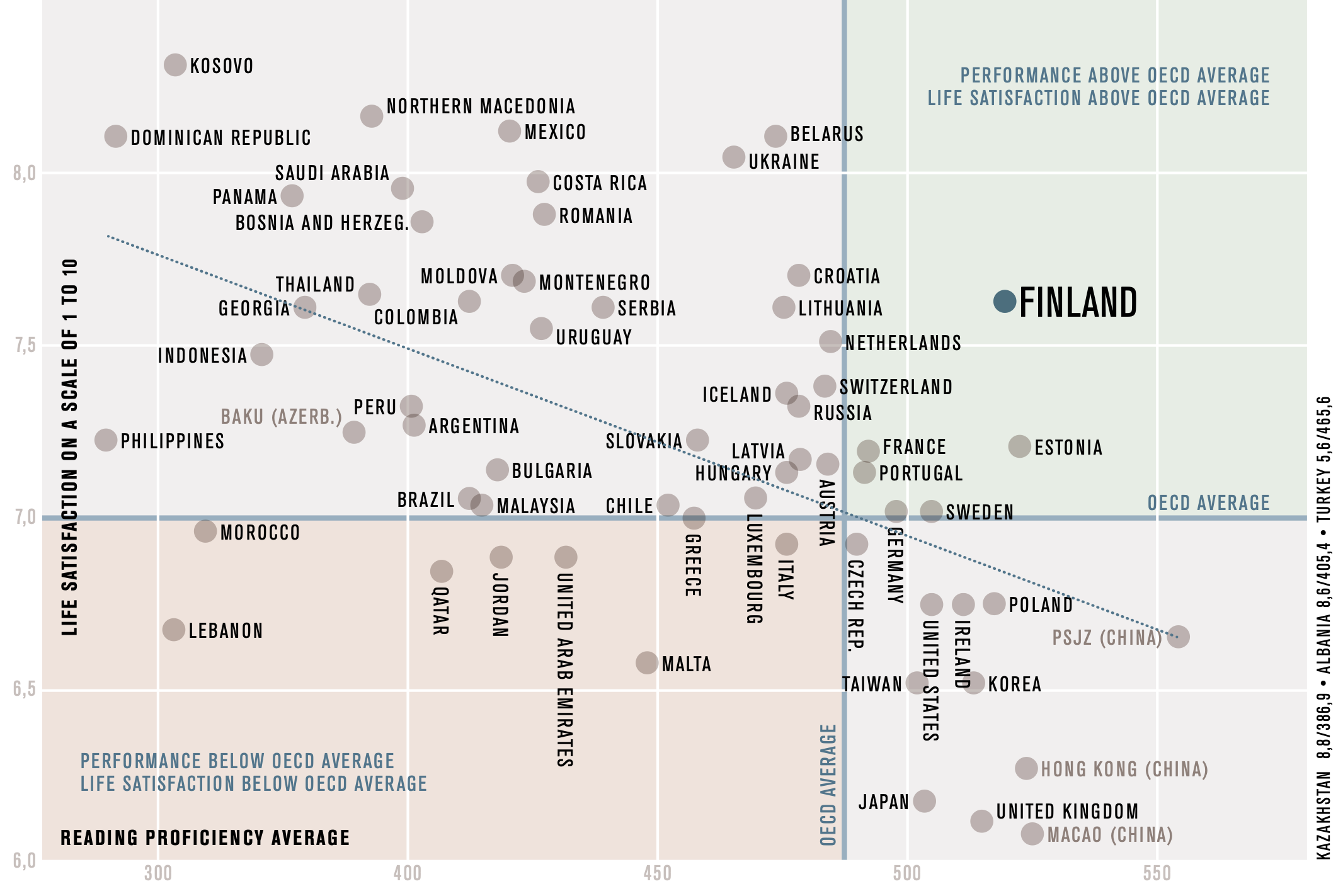It’s All About the How
Author:
Katia Al-Kaisi
Finnish Education Advocator, Entrepreneur, making Finnish work in the Middle East
I am so used to educators in the Gulf region coming to talk to me at events saying how they admire the Finnish education system, BUT how it will never work in their local school or nursery. I always have the same answer: it’s all about the how. Knowledge is universal and most curriculums have more similarities than differences, but the key is how to achieve great learning outcomes, equip students with future readiness and ensure life satisfaction. The next quesiton I usually get is: well how? The answer to that is a combination of things, but most of them are a results of a wellbeing centered approach to teaching and learning.
Finland is the only country where school children excel in life-satisfaction and performance according to PISA 2018 results. Students’ own assessment of their satisfaction with life is fairly high. When examining the relationship between life satisfaction and performance, Finland stood out from other countries and economies. For example, life satisfaction was low in all Asian countries with a high level of performance, and in countries with a high level of life satisfaction, performance was mostly poor.
“Finland is the only country where school children excel in life-satisfaction and performance according to PISA 2018 results
”
The wellbeing centred approach is not impossible to implement in most classrooms, and it should not be curriculum, demographic or culture bound. We have seen Finnish solutions tackle very local learning needs and prove measurable impacts on learning all around the world, yet respecting the local context.
Research based, pedagogically proven EdTech solutions are usually an easier way to start introducing elements of the Finnish way in a scalable and adaptable manner.
APPLY THE FINNISH WAY TO ANY CLASSROOM
STUDENT-CENTERED LEARNING
Student-centered learning means that teachers act as facilitators. It can be applied to projects, teamwork and individual study.
Projects teach students time management and force them to take responsibility of their learning. These are difficult skills to master, so be patient and provide support. Encourage teamwork. Keep in mind that individual study does not necessarily mean working alone!
STRESS FREE LEARNING
Ask your students to stand up and move regularlyand have a break. Like muscles, the brain loves a rest too! Embrace a positive atmosphere and createan encouraging learning environment by providing positive feedback and recognizing students’ efforts.
GROWTH MINDSET
Help children understand that mistakes are a normal part of learning. Mistakes should not be dwelled upon, except through questions that focus on what the student can learn from their mistakes. Become aware of the language you and your student use during and after challenging situations. For example: Rather than, “I can’t do these math exercises!” consider using phrases such as: “I can’t do these exercises yet.
ASSESSMENT AS LEARNING
Assessment is to guide and encourage learners. Guide your students to reflect on their own learning against their personal objectives and not to compare against each other. Help students understand the objectives and recognise their own strengths and development needs. Provide opportunities for the students to develop their skills for self assessment and peer assessment so that they can both give and receive constructive feedback.
Originally published in Teach Middle East Magazine, January 2020 issue
Sources: OECD PISA 2018, Ministry of Education and Culture Finland,FinlandMath (R)



